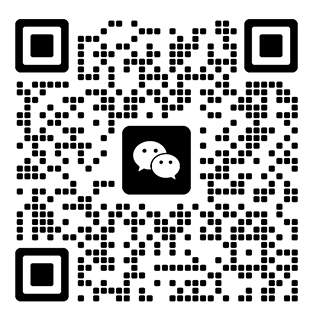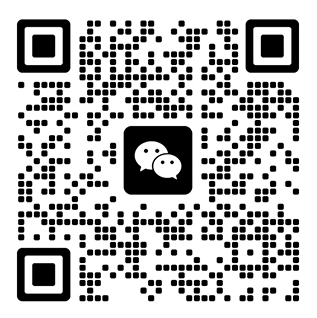How do I use PathWave BenchVue software in my function generator?
466PathWave BenchVue software for waveform generators provides full-featured waveform creation software. This software enables engineers to take full advantage of signal generation capabilities to create custom waveforms quickly and easily. PathWave BenchVue Software is a PC application that provides easy-to-use creation tools such as a formula editor and waveform calculator and plotter...
View Full Version Comprehensive test and measurement service provider-Shenzhen Weike Electronic Technology Co.
Comprehensive test and measurement service provider-Shenzhen Weike Electronic Technology Co.


Hello!sign in